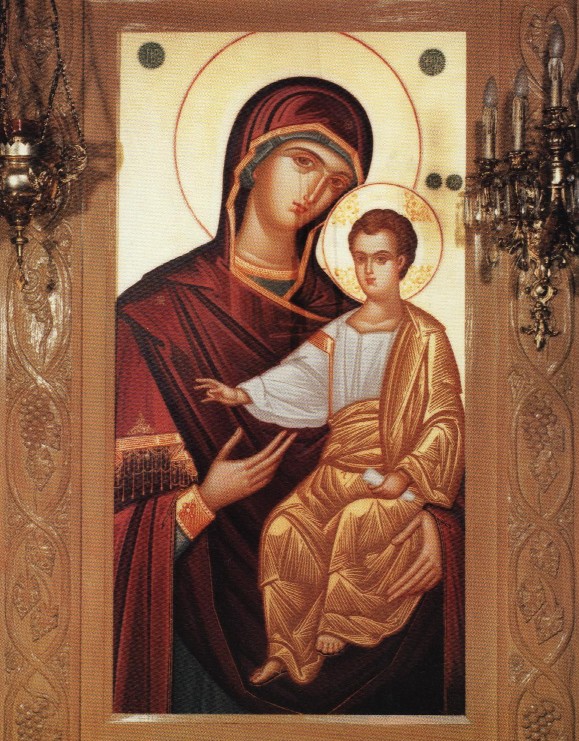Albania’s Ancient Icons Await Restorers’ Loving Touch
By Ben Andoni
Bos-Hrv-Srp Shqip Makedonski
Thousands of valuable icons, stored in museums to stop them from being stolen, are slowly decaying as the government hasn’t stumped up the money to restore them.
Nearly two decades ago, the threat of thefts from medieval churches, often situated in remote villages, convinced the Albanian authorities to gather up the country’s vast collection of icons and other religious artifacts and store them in museums.
But while the move saved these treasures from falling into the hands of thieves at a time when law and order had broken down, their new homes have not proved ideal.
Stored in warehouses that are often humid, most are in need of restoration at the hands of experts; however, the cultural institutions that host them lack the finances to carry out such work.
Most of the icons are stored in three major collections. Nearly 6,000 are kept in the Museum of Medieval Art in the city of Korca, 783 are in the National Museum in Tirana and another 350 are in the Ethnographic Museum in the town of Berat.
The treasures come from the 12th to the 19th centuries, some bearing the signatures of masters of the school of Onufri a 16th-century artist best known for painting Byzantine-style icons, others of painters such as Shpataraku, the brothers Zografi and Selenicasi. Most were collected from Orthodox churches in southern Albania.
Professor Luan Malltezi, director of Albania’s National History Museum, says the icons face common problems confronted by other artifacts stored in the museum.
“The icons are in the same poor state as the rest of the artifacts in the museum’s collection are and we are not able to give them special care,” Malltezi said.
Experts believe the transfer of the icons from places of worship to museums was the right move at the time, even though the museums lack the money to care for them.
“It’s not good for an icon, which was created in order to be exposed in a church’s iconostasis to end up in the warehouse of a museum,” said Edlira Caushi, an art restorer at the National Institute of Monuments, “but because they cannot be protected any other way it is the best solution for the time being.” The Institute recently exhibited five restored icons in a show marking its 45th anniversary
Three years ago, with the help of the UN’s cultural arm, UNESCO, and financial aid from Italy, the Institute set up a centre for the restoration and preservation of cultural monuments. The centre trains specialist like Caushi in various fields of cultural heritage preservation, including the restoration of icons.
However, its experts say that with the money that it receives, it will not be possible for them to restore the thousands of other icons stored in the three museums.
The former director of the National History Museum, Moikom Zeqo, who ten years ago opened the first exhibition space dedicated to medieval religious art, said the museum not only lacks the money to maintain its collection of icons; it cannot even store them properly.
“When I headed the institution we stored them in a dark place with as little temperature change as possible,” Zeqo recalled. “We could scarcely afford the €19,000 a year it cost in electricity bills, but creating proper atmospheric conditions [inside the building] for the collection would require at least €200,000,” he added.
Heritage specialist have called on the government on several occasions in recent years to make funds available for the restoration of the icon collections, but in vain.
“Most of the icons are in a poor condition and continue to be stored improperly,” Caushi said.
Ideally, he believes the restored icons should be returned to the churches from which they came. However, that is not possible for the time being, because it is likely that in the churches they would simply deteriorate even further.
As for the restoration of the rest of the collection, she and her colleagues have learned to come to terms with the indifference of the political establishment.
Ben Andoni is deputy editor of MAPO magazine. Balkan Insight is BIRN`s online publication. This article is funded under the BICCED project, supported by the Swiss Cultural Programme.

